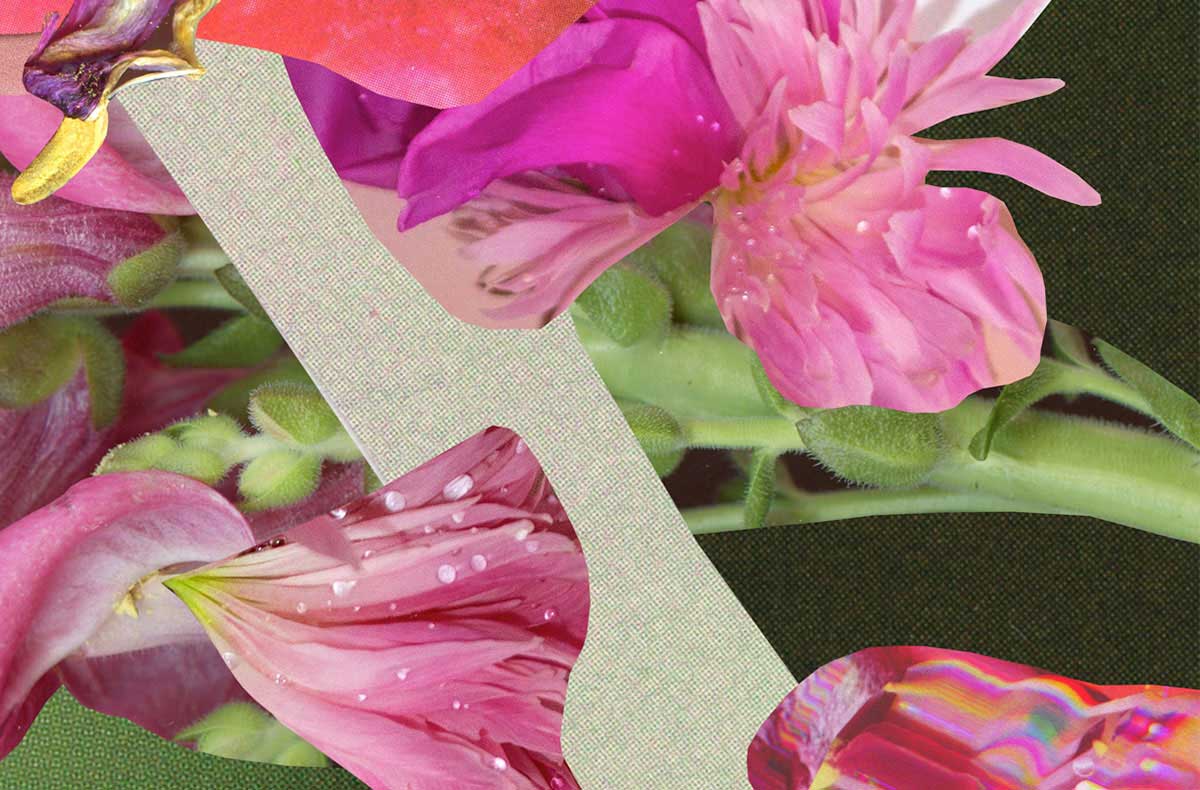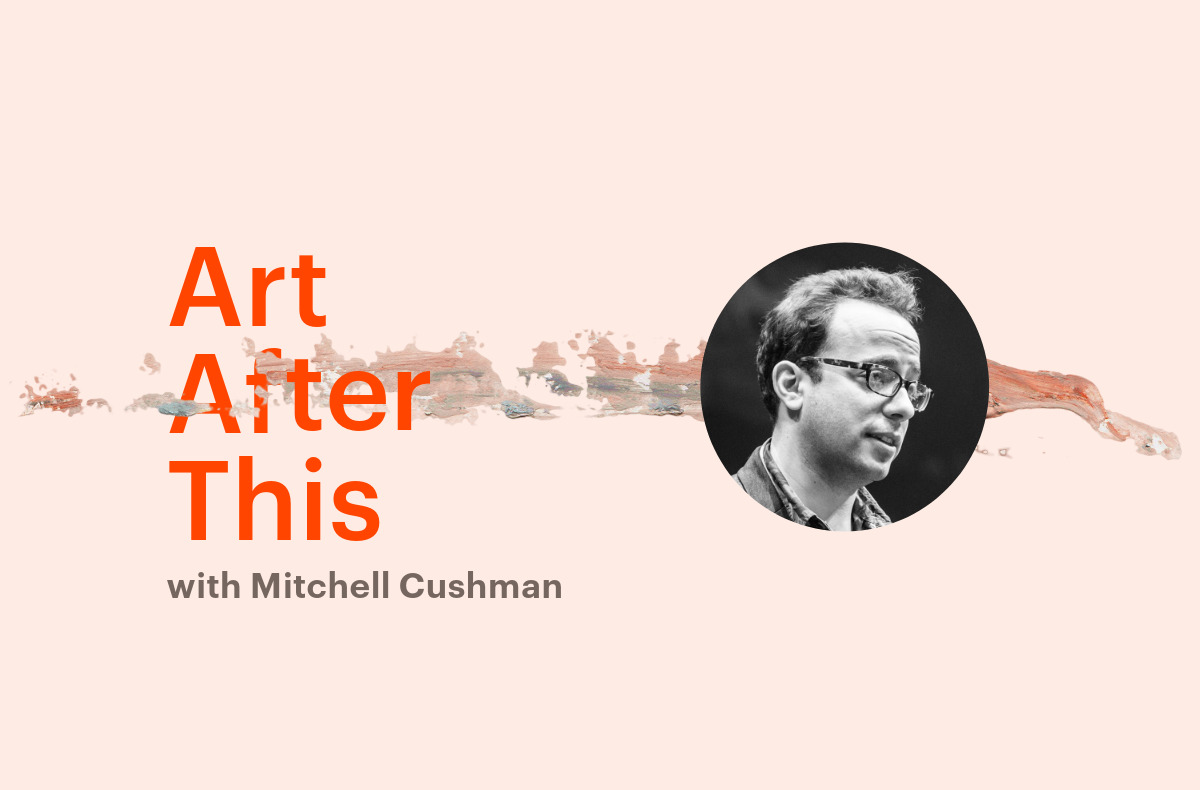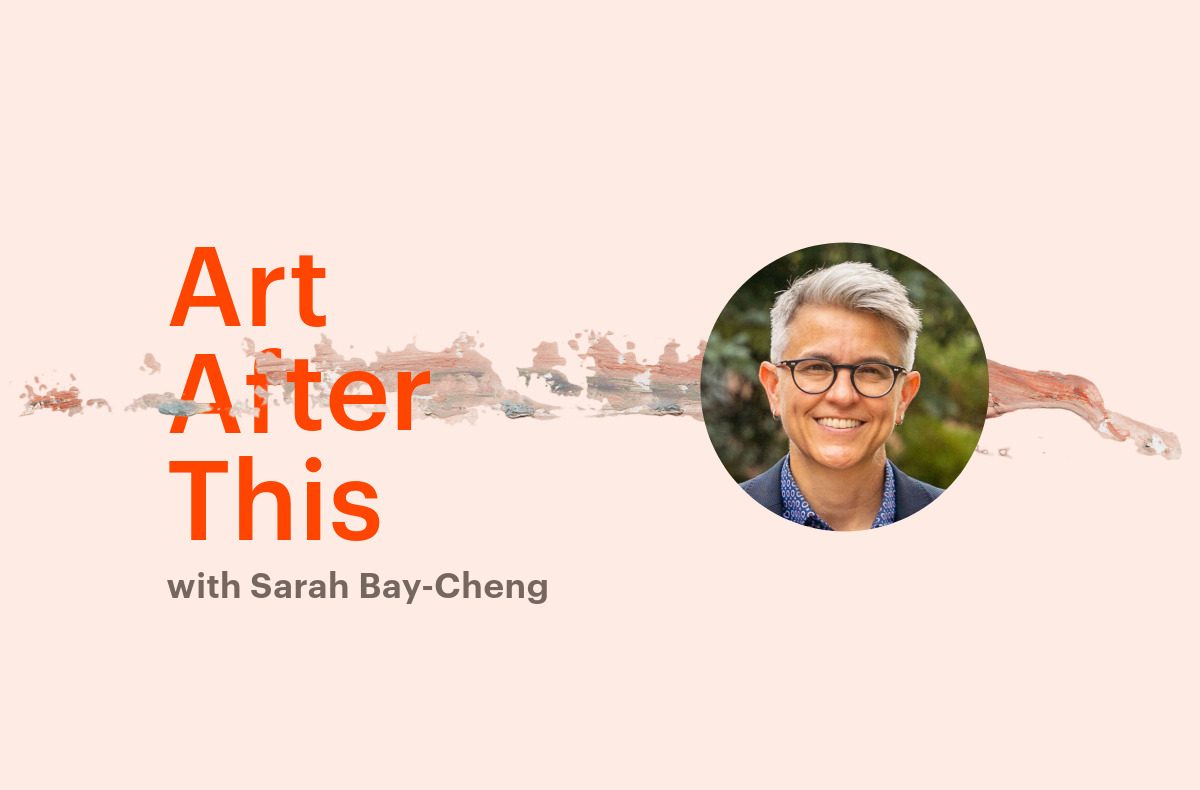By David Maggs, Metcalf Fellow on Arts and Society
How mighty is the pen?
“The pen is mightier than the sword,” we often remind ourselves. The phrase reassures us of a civilization’s deeper requirements — that talking is better than fighting, that insight is more powerful than force, that thoughtfulness outlasts impulsiveness, and that the ideas of a society will outdo its threats. Seeking reassurance wherever we can these days, I’ve been sad to feel less of it pulsing through this familiar phrase. As fractures in the foundations of our worlds grow deeper, its comfort grows unsettlingly contingent. For pens are only mightier than swords in worlds that know how to read.
While perhaps an odd way to begin a discussion on art and digital technology, the point is simple: the viability of the arts, along with their ability to deploy the public benefits of which we are so proud, requires a world literate in them. If we want our arts to matter to a society, we have to make them matter in the places where that society is taking shape, however unwelcoming the terrain might seem. Otherwise, the pen in our hands will grow less mighty than our present worlds require.
Resist and Collaborate
As someone trying to raise a young daughter, I can get tech-dystopic with the darkest of you. But if we are serious about the basic viability of our cultural nonprofit activity and our broader value in society, everything we do has to embed an intentional relationship to digital technology.
One important option for this intention are forms of resistance. However, as nothing is shaping human attention and behaviour like digital technology, such resistance cannot be passive. Simply ignoring the digitization of life is not rebellious enough. Resistance must be calculating and intentional, nurturing and celebrating the virtues and possibilities of IRL (“in real life”), as the kids like to say. With digital as the background existential condition, our resistance must learn to fetishize and amplify a subtle, yet crucial distinction between a mere absence of screens and a carefully cultivated presence of screenlessness.
The other option for this intention, of course, are forms of determined collaboration. In contradiction with our resistance, we must build relationships with the inspiring creative powers of digital tools, and navigate the not-so-inspiring commercial challenges of digital platforms. For now, I will save discussing resistance for later, and turn to the question of collaboration.
Going back into a shotgun marriage?
Most of the time, the right response to finding oneself inside a shotgun marriage is to get out and stay out. When the pandemic thrust us into hasty nuptials with digital technology, we didn’t want to be there. We just wanted to be back with our old, live admirers sitting quietly and passively with us in darkened rooms knowing they couldn’t leave until the lights went on.
With important exceptions, the results of this marriage were understandable: hastily-conceived, poorly-executed content met by steadily fading enthusiasm from both ourselves and our audiences. Investments were made, skills were acquired, yet rarely did the addition of our online activity yield much in the way of meaningful return, creatively or commercially. UK-based digital creative Annette Mees characterized this misadventure with her Venn diagram of digital disappointment. “Making money making art is difficult. Making money on YouTube is difficult. Now you want to make money making art on YouTube?” No surprise, when the pandemic lifted, most of us fled our digital marriages lickety-split.
The problem now, of course, is that life back in our old homes isn’t so rosy. The basic business model of nonprofit creation is to spend as little as we can making something, earn as much as we can presenting it, and rely on public funding to make up the difference. But as costs skyrocket, earnings contract, and funders look increasingly overwhelmed, this is no longer a model upon which happy futures are built.
So, from a basic question of viability (keeping our doors open), to broader issues of mattering enough to make defensible claims of public benefit, cultural nonprofits need new approaches to value creation. The gap between how we make culture and how people are currently meeting their cultural needs has been growing steadily wider for decades. It is not going to close through marketing or ticketing strategies, nor through increased public funding that allows us to carry on in present form.
While the digital world is not the only path to new value creation, it is, I think, an unavoidable one. So how do we engage with the power of digital tools and the perils of digital platforms in ways that excite us creatively and stabilize us commercially?
Here, I offer four themes to support more promising relationships to digital technology: integrity, access, value, and redemption.
Integrity
I offer the idea of integrity to contrast cynicism and gimmick, as these latter represent common risks inherent in art-tech relationships. The cynical approach fails to pay digital tools and platforms enough respect within creative processes, whereas a gimmicky approach does the opposite. The cynical approach is what Loc Dao, executive director of DigiBC, has been warning about for years, where technology is hastily added to standard artistic activity without sufficiently integrating the potential and expertise of digital creation into the overall process. The gimmicky approach is one in which the creative process gets distracted by the tool, and abandons the intrinsic qualities of compelling creation. Former film producer and current digital creation strategist Marguerite Pigott emphasizes this risk: “If the art from these interactions falls short of good old cathartic impact, we won’t care what your technology does.” Integrity here signals a need to integrate the capacities of digital tools and platforms with the capacities of creative practices in synergistic balance.
Access
The idea of access supports promising art and technology relationships in several distinct ways. First, as we learned during the pandemic, translating our activities onto digital platforms reduces barriers for those who find live performance inaccessible. Whether anxiety, neurodiversity, or forms of impairment, digital tools offer means of inclusion less available to standard live performance formats. Continuing to collaborate with accessibility advocates to understand and optimize the potential here is a joyful opportunity awaiting us.
Accessibility is also helpful in navigating never-ending questions of “which technologies should we invest in?” I once co-created an interactive work requiring a Microsoft Surface table — basically an iPad the size of a dinner table. The problem was, hardly anyone could program it, making it awkward for artists to work with it, and hardly any other venue had one, making it impossible for audiences to experience the work anywhere else. Art-tech relationships driven by accessibility clarifies development paths, avoids expensive “one-offs,” and steers us away from the risk of exclusive interactions towards expansive modes instead.
Finally, access is relevant to art and technology as many digital tools and platforms themselves become increasingly accessible. In wondering why cultural nonprofit sectors related to technology so differently than creative industries, the usual suspect has always been cost. Now, many powerful technologies are highly accessible — from hardware like motion capture to incorporate virtual production into creation processes, to software like game engines that transport our creations into compelling virtual worlds. The growing accessibility of technology reduces a central reason cultural nonprofits have historically abstained from its creative potential.
Value
Value creation sits at the heart of this proposal. First, in the sense we’ve been discussing above, the need to make nonprofit culture matter more to our communities, particularly younger demographics. Those who love us in the old ways will be leaving us before long, and we have to learn to make new friends. Luring digital natives out of their virtual worlds is one approach, but we will do this more effectively if we learn to thrive within those virtual worlds as well. Generating cultural value that translates back and forth across digital/IRL divides is central to viable futures for all.
But even the most noble hopes for art and technology prove useless without value creation in the monetary sense. Situating cultural nonprofits within value flows at the intersection between culture and technology raises three layers of opportunity. First, earning revenue online. While there are success stories within Canada’s cultural nonprofit landscape, generally speaking “B2C” or business-to-consumer online revenue for the arts is difficult. For this reason, “B2B” or business-to-business revenue is crucial, and not entirely unfamiliar, e.g. developing new musicals that get picked up by commercial partners. Here, expanding value creation within digital worlds depends on better capture of creative intellectual property. Finally, a more familiar path to revenue is access to additional public funding streams dedicated to digital technology. From employment programs, to innovation funding, to economic development funding, cultivating digital capacity expands funding options available to cultural nonprofits.
Redemption
As the march of AI appears to be unyielding, and the toxicity of online worlds is taken as given, and US lawmakers debate health warnings on social media, technology has begun to feel gloomily deterministic. Our fate and future within digital worlds have come to feel both dark and inevitable. How ironic that in these human-made worlds, we humans feel so helpless. Here, cultural nonprofits should be pawing the ground like a bull. This is what we do! Infiltrate the hardened edifice of assumed “realities” and break them up and reshape them through the power of the aesthetic — the transforming arrangements of lines, and shapes, imagery, harmony, rhythm, pattern, form, texture, and colour. Art is uniquely positioned to reconfigure the taken-for granted and reignite the role of human agency in fashioning better worlds.
So why have we been so shy to infiltrate, improvise, and improve upon the desperate, dystopian state of our digital worlds? Where, oh where has our gritty determination to invade spaces bereft of humanity and rehumanize them gone? Why peddle our reputation for social and cultural impact in realms of social urgency then balk at tackling the forces that are reconfiguring humanity in rapid and depressing fashion?
Most of the time, we think about the relationship between art and technology from the perspective of art’s need for tech, perhaps the opposite is the greater urgency? Is anywhere more in need of the social and cultural impacts of the arts than our online worlds? Exploring and deploying the redemptive powers of the aesthetic within these often-dehumanizing environs represents an existential task. Pens at the ready, comrades, once more into the breach.




